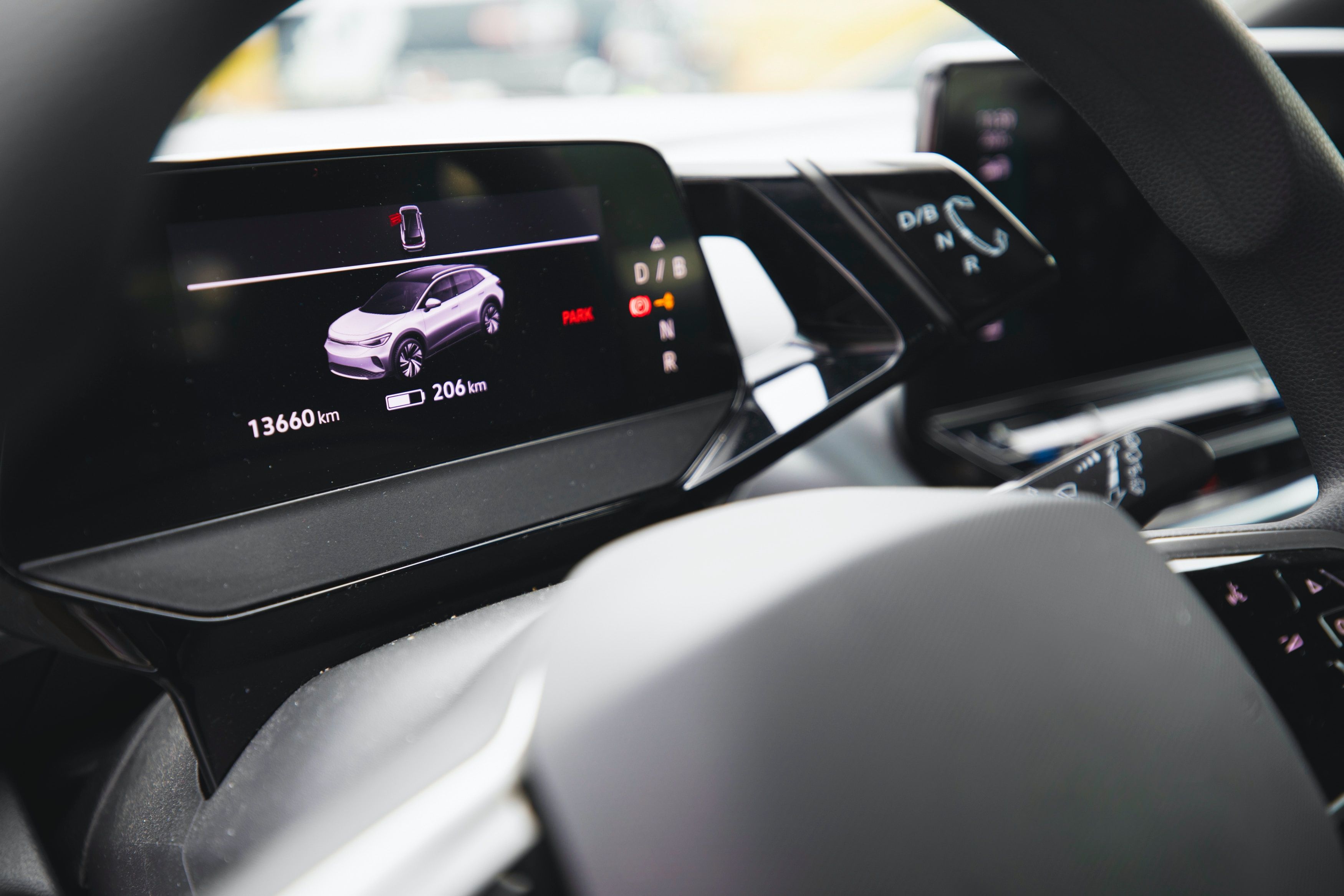December 07, 2023
Maximising electric car range
Explore the world of range anxiety in electric cars and learn how factors like driving style, geography, and vehicle characteristics affect even the electric cars with the longest range, along with practical tips to optimise your electric journey.

Have you ever embarked on a long drive and watched the fuel gauge get dangerously close to ‘E’? The thought of being stranded causes anxiety. Now, transfer that feeling to the world of electric cars, and you get a taste of range anxiety. But why is the fear stronger with electric vehicles (EVs) than petrol or diesel cars? Here’s a deep dive into the reasons for range anxiety, factors affecting range, and how to optimise your journey.
Why the range anxiety?
Three major reasons help unpack the riddle of why the outcry ‘Will I reach my destination before my battery depletes?’ is voiced more frequently by EV drivers than diesel or petrol car owners.
1. Charging infrastructure challenges
The growth of EVs hinges mainly on the availability and reliability of charging points. No one worries about finding a petrol station on a motorway because we know plenty are in operation. However, across the UK, although the number of electric car charging points grew by 43% between September 2022 and 2023, power supply limitations and reliability issues persist.
This concern revolves not only around the availability of charging points but also the potential waiting times at busy charging stations, especially during peak hours. Even DC fast-charging stations may require longer waiting times due to high demand, amplifying the uncertainty of reaching your destination.
2. Inaccurate range estimates
Adding to the anxiety is the inherent inaccuracy of on-car range estimates. These estimates factor in various variables, including driving habits and environmental conditions, which can lead to discrepancies between the remaining miles displayed on your electric car dashboard and the miles required to reach your destination on the GPS. Particularly on longer journeys, this difference can be frustrating. This also ties back to the lack of range measurement with complete accuracy in electric cars so far.
3. EV efficiency and its paradox
Additionally, the prowess that sets EVs apart in energy efficiency also introduces an unexpected twist. Consider the core of any vehicle - its engine. Traditional internal combustion engines utilise only around 40% of the fuel’s energy for motion, i.e. range.
The rest dissipates as heat. Conversely, EVs efficiently use 80-90% of their energy for propulsion. Because EVs harness power so efficiently, their range is more sensitive to various factors. These can be as diverse as driving habits, external environment, or specific vehicle characteristics.
Factors influencing the range
1. Driving style
Driving habits play a crucial role in determining an EV’s range. For example, rapid accelerations demand more from the battery and release more heat, leading to quicker depletion. Heavy braking has a similar effect.
Additionally, lifting your foot from the accelerator in most EVs automatically engages the regenerative braking system. This mechanism captures energy that would otherwise be lost and repurposes it, extending your electric car’s range. High-speed driving, on the other hand, will decrease the range because of the heightened aerodynamic drag.
2. Altitude
While you often can’t control the weather or geography, being informed helps. Intuitively, it will take more effort to climb a hill than going down the other side. In the same way, a net increase in altitude will force your EV to consume more energy and constrain your range. Besides, overall elevation will correlate negatively with the range.
3. Climate
Focusing more on the climate, colder temperatures sap your battery as more energy is diverted to warming the cabin up. Similarly, on a really hot day, air conditioning is required to cool the cabin, again reducing the amount of energy that can be used to propel the car forward. Lastly, headwinds, like cycling, mean your EV has to work harder, reducing range.
4. Vehicle characteristics
Regarding your car’s features, the first principle is simple: more weight means more energy required to move. So, every additional passenger or piece of cargo eats into your range. Any extra equipment you attach to your vehicle, like your favourite kayak, disturbs the flow of air over the car and increases the aerodynamic drag.
Moreover, batteries, like all things, degrade over time and can significantly affect range (learn more about battery degradation here). Wheels, too, play a role: larger wheels demand more energy, while under-pressurised tyres increase resistance.
What can you do?
- Modulate your driving: Smooth accelerations, prudent braking, and regulated speeds work wonders.
- Opt for smaller wheels, if possible.
- Regularly check tyre pressures.
- Use our simple, self-service EV Battery Health Checker to monitor battery degradation.
In this electric age, understanding these factors can ensure that your EV journey is both efficient and anxiety-free. Safe driving!